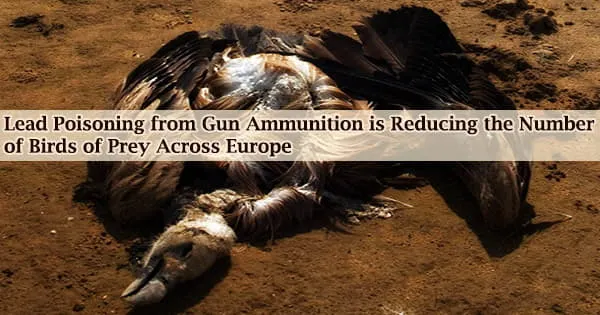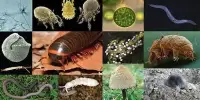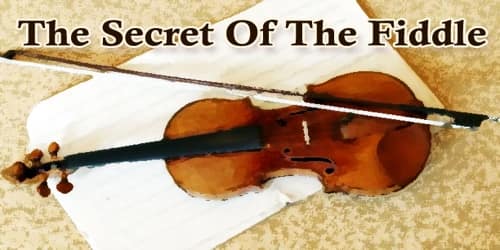According to the first study to evaluate these implications across Europe, poisoning induced by feeding on or scavenging animals shot by hunters using lead ammunition has left many raptors or birds of prey populations significantly lower than they should be.
When birds such as eagles and Red Kites scavenge carcasses or consume injured animals with toxic lead pieces embedded in their bodies, they can become poisoned and die slowly and painfully. Smaller amounts have been found to affect physiology and behavior.
Now, researchers from the University of Cambridge have utilized data on lead levels in the livers of over 3,000 raptors discovered dead in more than a dozen nations to estimate the extent to which lead ammunition poisoning has impacted Europe’s raptor populations.
According to researchers, lead ammunition poisoning has resulted in the disappearance of roughly 55,000 mature birds from European skies for ten raptor species.
Species like eagles, who are naturally long-lived, only have a few young each year, and breed later in life, are the most severely affected. Even populations of birds common to birdwatchers in nations like the United Kingdom, such as the Common Buzzard and Red Kite, would be substantially larger if lead ammunition were not used.
According to the study, Europe’s White-tailed Eagle population is 14 percent lower than it would have been if it hadn’t been exposed to lethal levels of lead in some of its food for more than a century.
The Golden Eagle and Griffon Vulture are close behind, with numbers 13 percent and 12 percent lower than they would have been otherwise. Northern Goshawk populations have shrunk by 6%, while Red Kite and Western Marsh Harrier populations have shrunk by 3%.
According to the researchers, common buzzard populations have shrunk by 1.5 percent, resulting in over 22,000 fewer adults of this ubiquitous species.
Because of lead ammunition poisoning, they estimate that the overall European population of eleven raptor species is at least 6% lower than it should be.
Cambridge researchers published the findings today in the journal Science of the Total Environment in collaboration with the Leibniz Institute for Zoo and Wildlife Research (Leibniz-IZW).
According to the researchers, a variety of alternatives to lead shotgun cartridges and rifle bullets are widely available and effective. Efforts by UK hunters’ organizations to enact voluntary bans on lead shot in hunting, on the other hand, have had little impact.
The avoidable suffering and death of numerous individual raptors from lead poisoning should be sufficient to require the use of non-toxic alternatives. These population-level impacts make this both doubly important and urgent.
Prof Debbie Pain
Despite hunting clubs pushing members to convert to non-toxic shooting in 2020, with the goal of phasing out lead use by 2025, research by the same Cambridge team published just last month showed that over 99 percent of pheasants taken in the UK are still shot with lead.
“The continued blanket use of lead ammunition means that hunting as a pastime simply cannot be considered sustainable unless things change,” said lead author Prof Rhys Green, a conservation scientist at the University of Cambridge and RSPB.
“Unfortunately, efforts to encourage voluntary shifts away from lead shot have been completely ineffective so far,” he said.
“The kinds of reductions in raptor populations suggested by our study would be considered worthy of strong action, including legislation, if caused by habitat destruction or deliberate poisoning.”
Only two European countries, Denmark and the Netherlands, have prohibited lead shot thus far. Denmark intends to follow suit by prohibiting the use of lead rifle bullets. Due to the consequences on wildlife and the health of human consumers of game meat, both the European Union and the United Kingdom are proposing legal bans on all lead ammunition, but many hunting groups are opposed, according to studies.
When raptors scavenge from dead animals killed with lead ammunition, they become poisoned. This can be an entire carcass that has been lost or abandoned by hunters, or the intestines of a hunted deer that have been dumped to reduce carrying weight.
In addition to vultures, many other raptors, such as eagles, buzzards, and kites, rely on scavenging when the opportunity arises. Buzzards and kites scavenge lead shot and pieces off the corpses of dead pheasants along UK roadsides.
Other species, such as falcons and goshawks, are exposed by preying on live animals that have lead implanted in their bodies as a result of being shot but not killed. In X-ray tests of wild ducks in the United Kingdom, it was discovered that nearly a quarter of the live birds had bullets in their bodies. Ducks and pigeons that have been injured are less likely to be able to avoid predatory birds.
“It’s taken decades for researchers from across Europe to amass sufficient data to enable us to calculate the impacts of lead poisoning on raptor populations,” said study co-author Prof Debbie Pain from the University of Cambridge.
“We can now see just how substantial population impacts can be for some of our most charismatic and vulnerable species that are protected by EU Regulation and the UK Wildlife & Countryside Act.”
“The avoidable suffering and death of numerous individual raptors from lead poisoning should be sufficient to require the use of non-toxic alternatives. These population-level impacts make this both doubly important and urgent.”
Researchers utilized population modeling to estimate how large Europe’s raptor populations would have been if it hadn’t been for the devastation caused by a single “additional mortality factor”: lead poisoning from munitions.
They used data from the European Federation for Hunting and Conservation to track the association between “hunter density,” or the average number of hunters per square kilometer in each country, and data collected from the livers of thousands of dead raptors in 13 countries during the 1970s.
Perhaps unsurprisingly, areas with a higher concentration of hunters had more poisoned raptors. Scientists used this link to forecast poisoning rates in locations where “hunter density” was known but no data from bird livers was available.
Their findings suggest that in a country where no hunters use lead ammunition, there would be almost no lead-poisoned raptors. Scientists think these estimations are modest, owing to the scarcity of data on poisoned raptors and the difficulty of gathering it. There were inadequate data for many European raptor species, including some of the rarest, to evaluate how high the risk is.
















